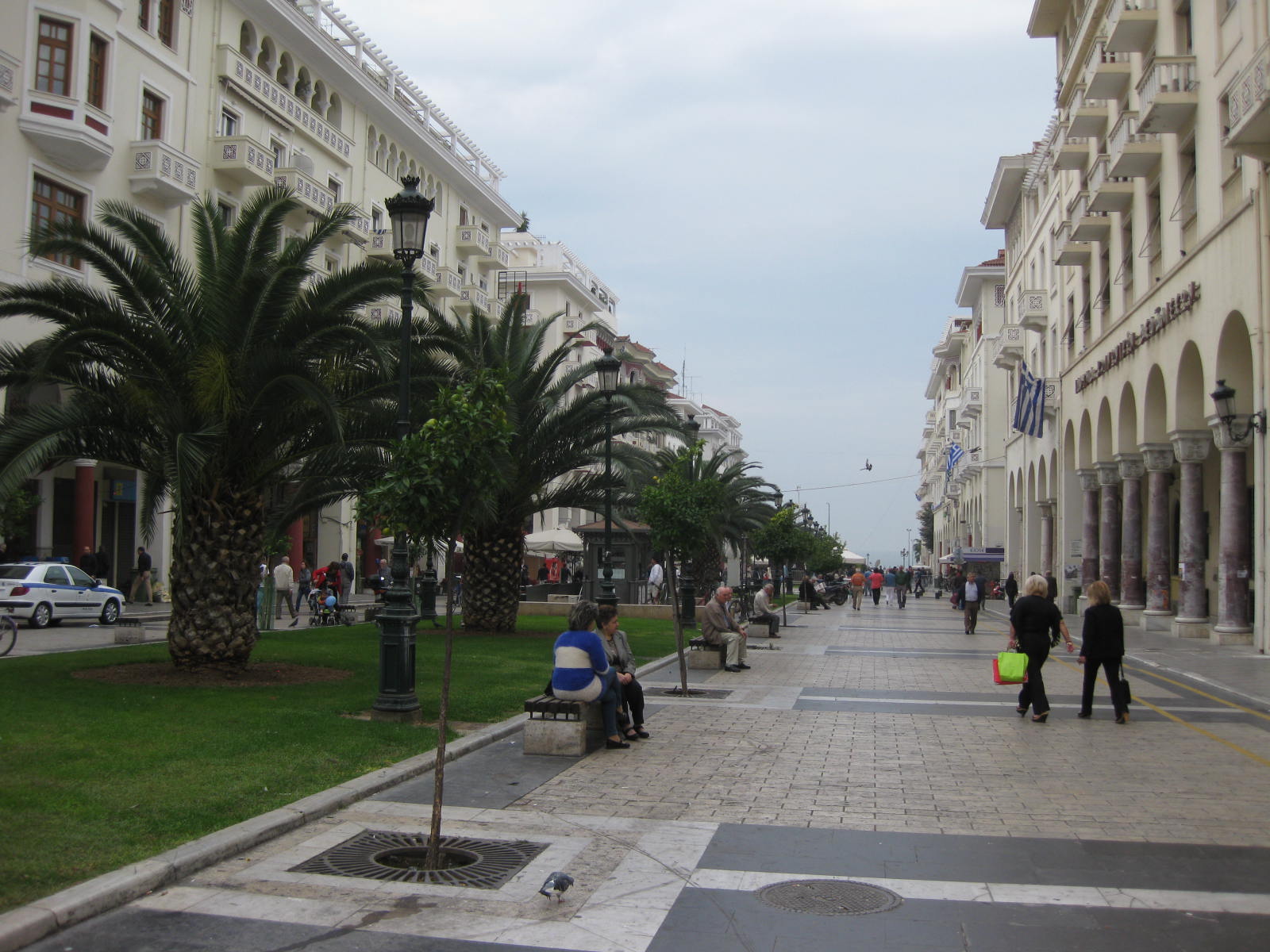Most people who know me are aware that Christmas is not my favorite holiday, in fact, it generally makes me a little crabby for the entire month of December. So, I figured Kosovo, a predominantly Muslim county, would be the perfect place for me to get away from the constant Christmas hype. So, imagine my surprise when I went into the local ETC store, the Kosovo equivalent to WalMart, and saw them setting up a large section of the store for their Christmas merchandise. I went back today and took some photos. I just can't escape Santa, I guess.
A row of Christmas ornaments and strings of lights, but also cases of Peja beer, so there is hope that Christmas might be just a little different here.
Lots of little Santas, a bargain at less than 5 euros.
Plenty of fake Christmas trees.
Santa is everywhere!! Annette was talking to some of her students and found out that everyone has a lighted and decorated tree here, but they call them New Years trees. So I guess I can't get away from Christmas no matter where I am. Maybe I should try Iran or maybe North Korea for Christmas in 2013, but they probably celebrate with Santa in those countries too. So I think I'll give in and say "Ho Ho Ho" and just enjoy the jolly old man this year. Merry Christmas to all!!!
Lots of little Santas, a bargain at less than 5 euros.
Plenty of fake Christmas trees.
Santa is everywhere!! Annette was talking to some of her students and found out that everyone has a lighted and decorated tree here, but they call them New Years trees. So I guess I can't get away from Christmas no matter where I am. Maybe I should try Iran or maybe North Korea for Christmas in 2013, but they probably celebrate with Santa in those countries too. So I think I'll give in and say "Ho Ho Ho" and just enjoy the jolly old man this year. Merry Christmas to all!!!


















































